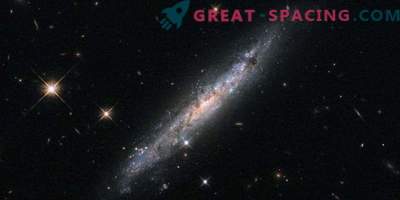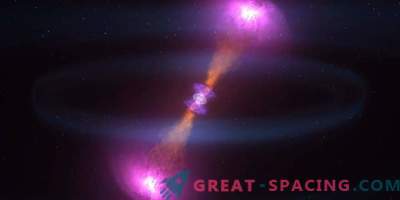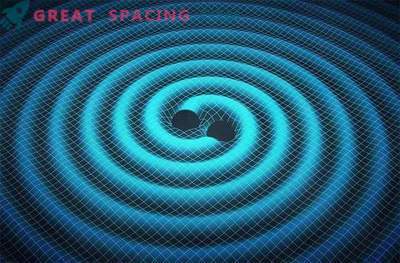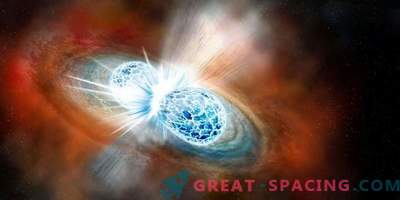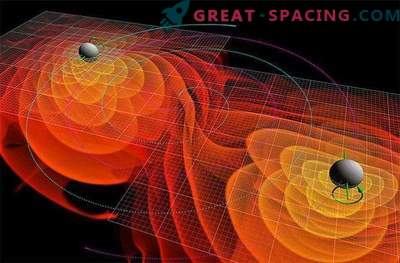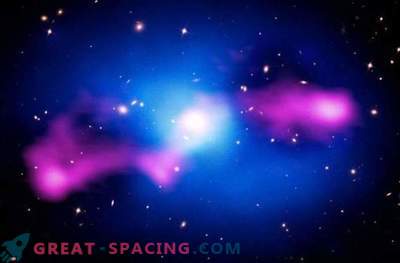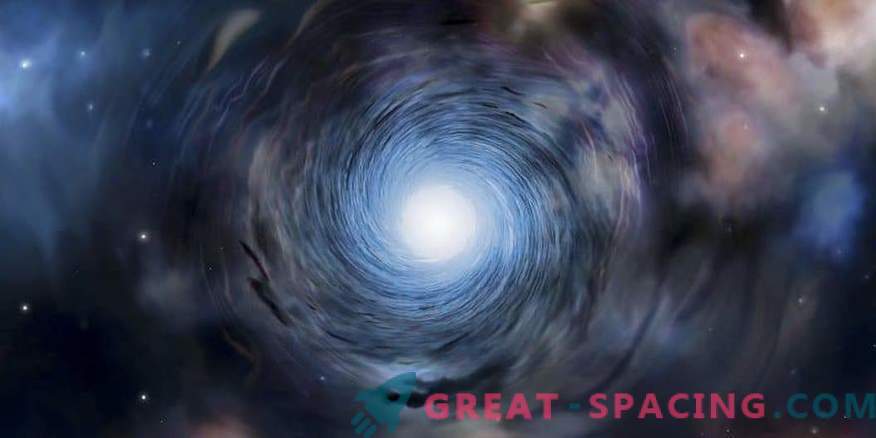
One of the telescopes of the Global Robotic Network MASTER (MSU), located in Tenerife (Spain), helped scientists observe the gamma-ray burst created by the star crash and the formation in its place of a new black hole. Standard telescopes are not capable of quickly detecting such phenomena, as well as controlling the change in brightness and receiving any information about the source. The researchers decided to dedicate the discovery to physicist Stephen Hawking.
Space observatories register gamma bursts daily. These energy ejections reflect collisions of neutron stars or collapses of massive stars into neutrons, quarks or black holes. During such events, an enormous energy volume is released and telescopes record bursts of gamma rays, even if they are millions and billions of light-years distant from us. They last from a few milliseconds to tens of seconds and are recorded in different ranges.

SOS Glow Curve The main task of MSU is to note the early optical emission until the explosion disappears. In the optical range, we managed to see the whole event from start to finish. This is a rare case, falling twice or three times a year.
The researchers also obtained the light curve of the gamma-ray burst (code - GRB180316A) and determined its exact coordinates. The light curve corresponded to the ideal shape observed in different gamma-ray bursts and was called SOS radiation (Smooth Optical Self-Similar Emission) in 2017.
The MASTER system has advantages over similar telescopes. We are talking about the quality of mathematical software, the number of telescopes and their locations (8 units are located in different parts of Eurasia, South America, southern Africa and the Canary Islands). There is also a feature of the targeting system, which allows telescopes to quickly adjust the focus to optical analogues of gamma-ray bursts, sources of gravitational waves, high-energy neutrinos, etc.





